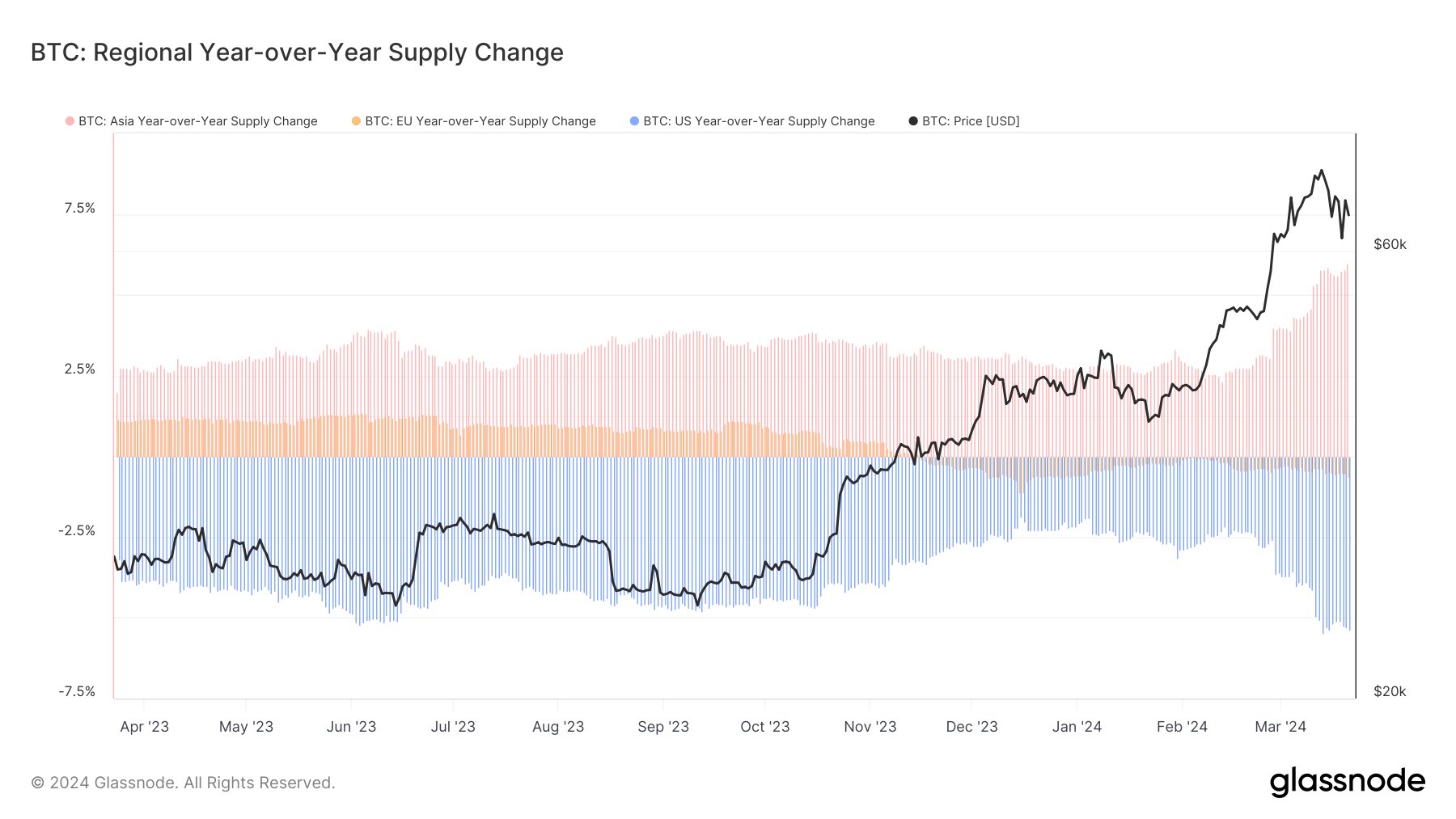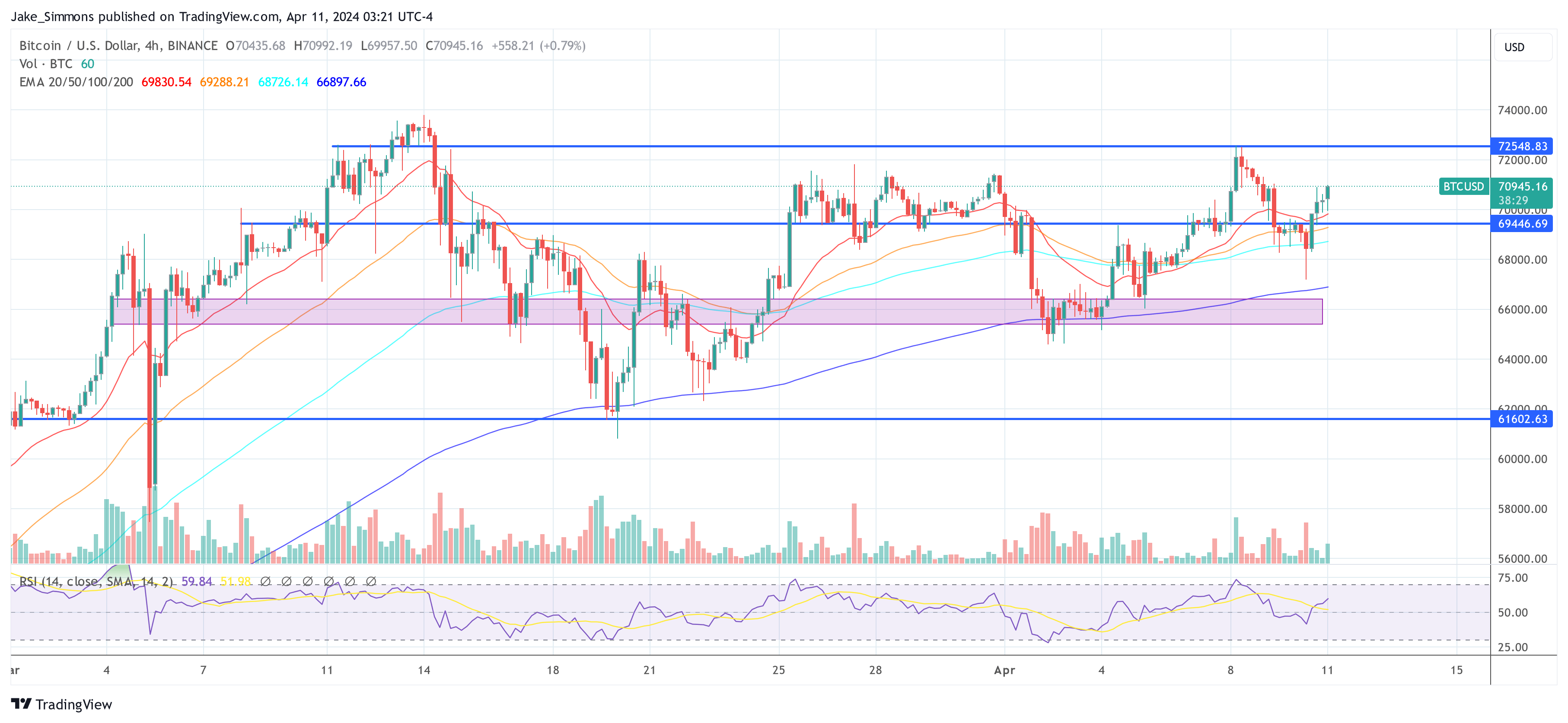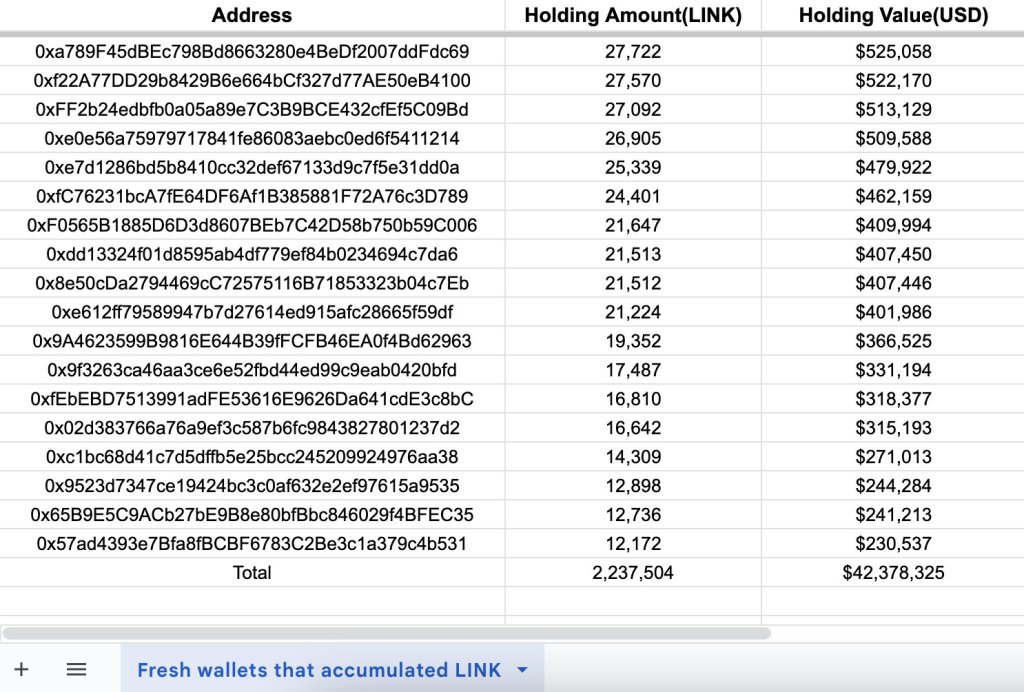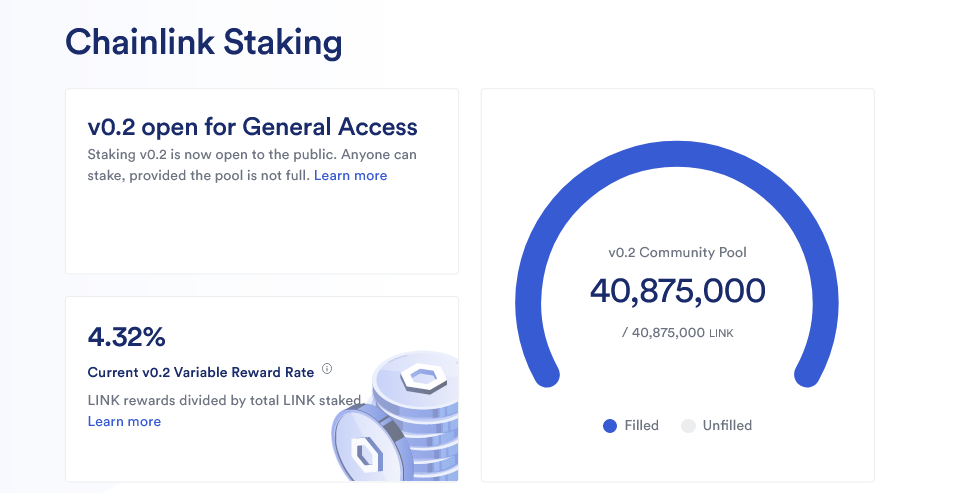HashKey and the Foundation are focussing their partnership on Hong Kong in the first phase.
Bitcoin To $100,000: Can Hong Kong’s Spot ETFs Make It Happen?
In a recent analysis, Stanislas Bernard, the founder of Sinz 21st.Capital, delved into the complexities surrounding Hong Kong’s consideration to approve spot Bitcoin ETFs against the backdrop of China’s escalating economic crisis. With the nation grappling with a record debt-to-GDP ratio of 288% in 2023, and witnessing one of the most severe housing market collapses in three decades, the financial instability has triggered an unprecedented capital flight towards overseas markets.
The Perfect Timing For A Spot Bitcoin ETF?
Amidst these turbulent economic times, Hong Kong’s potential approval of spot Bitcoin ETFs stands out as a pivotal development that could not only be a safe haven for Chinese investors but also significantly influence Bitcoin’s valuation, potentially catapulting it to the elusive $100,000 mark.
China’s economic woes have been intensifying, marked by a towering debt ratio and a plummeting housing sector that has investors scrambling for alternatives. “China currently faces a significant economic downturn, exacerbated by soaring debt and malinvestments in real estate. The crisis, becoming well-known in 2021 with the default of Evergrande Group, has now spread, causing a ripple effect that will likely slow down the Chinese economy for years to come,” Bernard pointed out.
This backdrop of economic instability has incited a significant shift in investor behavior, notably among Chinese investors who, faced with stringent capital controls, have sought refuge in ETFs that offer exposure to foreign markets. Yet, this avenue has been fraught with its own challenges.
“Investors are paying premiums as high as 43% on certain US-focused ETFs due to quota limitations, which speaks volumes about the desperation to find safer investment harbors,” Bernard notes. Such premiums underscore the pervasive fear and uncertainty that have gripped the Chinese market, driving investors towards seemingly any available exit from the volatility of the domestic market.
The Role Of Hong Kong
Bernard believes that not only Hong Kongers but also Chinese mainlanders will flock to Bitcoin ETFs. “They are pretty integrated. Mainland is HK’s largest trading partner. Would not be possible to approve a spot ETF and then close it to mainland. They will enforce transaction limits instead,” the expert said.
In the midst of these developments, Hong Kong’ Securities and Futures Commission (SFC) is reportedly considering the approval of spot Bitcoin ETFs already by the end of April, as reported yesterday. This move is viewed as a strategic effort to capture a portion of the capital flowing into Bitcoin, especially in the wake of the SEC’s approval of similar ETFs in the US, which saw a meteoric rise with $12 billion of net flow.
“Hong Kong is scrambling for a change. The approval of spot Bitcoin ETFs could unlock a vast reservoir of stranded Chinese capital into Bitcoin, providing a much-needed life raft for investors,” Bernard explained.
The anticipated approval of spot Bitcoin ETFs by Hong Kong authorities has been met with significant enthusiasm within the crypto community. Influential figures such as Bitcoin Munger and Stack Hodler have been vocal about the potential impact of this development on Bitcoin’s price.
“Hong Kong ETFs approval have accelerated to next week. Most accounts on CT weren’t making a big deal about them, but they are a big deal. They are going to take us to $100k+ in due time. Tick tock!” stated popular Bitcoin analyst Bitcoin Munger (@bitcoinmunger). He refers to the regional yearly year-over-year supply change from West to East.

Stack Hodler (@stackhodler) further emphasized the urgency among Chinese investors to find secure investment avenues outside the traditional system, “Chinese investors were panic-buying a Gold fund at a 30% premium this month as they attempt to get their wealth into something outside the Chinese system. The approval of Hong Kong spot ETFs could be the turning point, offering a sanctioned avenue for wealth preservation amidst the crumbling real estate market.”
Overall, the potential approval of spot Bitcoin ETFs in Hong Kong is poised to be a landmark development, not just for the region but for the global market. By offering a secure and regulated channel for investment, it could serve as a catalyst for significant capital inflow into Bitcoin, reinforcing its status as a viable store of value.
“As we stand at the cusp of this historic development, the implications for Bitcoin and the broader cryptocurrency market could be profound. The approval of spot Bitcoin ETFs in Hong Kong could indeed be the harbinger of a new era, potentially driving Bitcoin’s value to new heights,” concluded Bernard.
At press time, BTC traded at $70,945.

Hong Kong’s Incoming Spot Bitcoin ETFs Could Be ‘Big Deal.’ Here’s What Analysts Say
Massive demand for a China-listed gold ETF sent its premium soaring to 30% earlier this week.
Hong Kong Likely to Approve Spot Bitcoin ETFs Next Week: Reuters
Hong Kong regulators are likely to approve the first set of applications for spot bitcoin exchange-traded funds next week, making it possible that the products could be ready for an April launch, Reuters reported on Wednesday, citing two people familiar with the matter.
HashKey’s Crypto Exchange Goes Live After Winning License in Bermuda
The HashKey Group, an Asian firm offering digital asset services, has launched the HashKey Global exchange, after being granted a license in Bermuda to offer licensed digital asset trading services, it announced on Monday.
Hong Kong-Based Asset Manager VSFG and Value Partners Apply for Spot Bitcoin ETF
Asset Manager VSFG, together with its partners, Value Partners, have applied for a spot-bitcoin exchange-traded fund (ETF) with Hong Kong’s Securities and Futures Commission (SFC), its Head of Investment & Products Brian Chan told CoinDesk on Wednesday.
Hong Kong Likely To Allow In-Kind Creations for Spot Bitcoin ETFs: Bloomberg
Hong Kong’s financial regulator, the Hong Kong’s Securities and Futures Commission (SFC), is likely to allow in-kind creations and redemptions for spot bitcoin ETFs in the second quarter of this year, according to a report from Bloomberg Intelligence.
Hong Kong Regulator Says Crypto Exchange MEXC Has Been Operating Without a License
Last year, regulators in Japan and Germany also alerted consumers the exchange was unlicensed.
Hong Kong’s Markets Regulator Issues Warning Against Crypto Exchange Bybit
Hong Kong’s markets regulator identified Bybit as a suspicious cryptocurrency exchange and placed several of its products on its suspicious investment products list.
Hong Kong Starts New Phase of CBDC Testing
Phase 2 of the e-HKD pilot will be supported by the recently launched regulatory sandbox for testing wholesale CBDCs and tokenization, the Hong Kong Monetary Authority said.
Hong Kong’s Central Bank Starts Regulatory Sandbox for Stablecoin Issuers
The regulator invited applicants with a “genuine interest in developing a stablecoin issuance business” to join the sandbox.
CoinDesk Brings Consensus to Hong Kong
The announcement comes as Hong Kong works to brand itself as Asia’s digital assets trading hub.
Hong Kong’s Central Bank Announces New Wholesale CBDC to Support Tokenization Market
Project Ensemble will “seek to explore innovative financial market infrastructure (FMI) that will facilitate seamless interbank settlement of tokenised money,” HKMA said.
Hong Kong’s Markets Regulator Issues Warning Against Crypto Exchange BitForex
Hong Kong’s regulator for securities and futures markets has warned the public about cryptocurrency exchange BitForex for suspected fraud, it announced Monday.
HTX Withdraws Hong Kong Crypto Exchange Application
Hong Kong’s securities regulators says HBGL Hong Kong Limited withdrew its application for a license on February 23.
Hong Kong Doubles Down on Stablecoin, OTC Rules Promise
Public consultations on stablecoins and over-the-counter trading are already in progress.
Hong Kong’s Central Bank Issues Guidance for Firms Offering Crypto Custodial Services
Hong Kong’s central bank issued guidance for authorized institutions interested in providing custody services for digital assets.
Whale Rapidly Accumulating Chainlink: What’s Going On With LINK?
A mysterious whale is rapidly accumulating Chainlink (LINK). According to Lookonchain, the unknown entity, possibly an institution, withdrew over 2.2 million LINK (worth $42.38 million) via 47 new wallets from Binance, the world’s largest crypto exchange by trading volume, in two days.
This sudden block withdrawal now raises questions about what’s driving the whale’s interest and what it could mean for LINK in the coming days.

Chainlink Is Key In DeFi And NFTs, Gradually Improving
Chainlink is a popular project that provides secure middleware services and allows smart contracts to access tamper-proof external data. For this role, the platform has been adopted by multiple protocols offering decentralized finance (defi) services in Ethereum and beyond.
Additionally, Chainlink plays a role in non-fungible tokens (NFTs) through its random number generator (RNG). It continues to release new products and enhance its features.
To illustrate, in November, Chainlink upgraded its staking mechanism, releasing v0.2, which significantly increased the pool size to 45 million LINK.
The platform noted that the decision was to attract more investors and, more importantly, bolster its security while concurrently aligning with its broader objective of attaining the “Economics 2.0” plan.
Initially, staking began in December 2022. The goal was to incentivize participation by expanding the utility of LINK and allowing stakers to receive rewards.
The release of v0.2 in November means more tokens can be locked, helping make LINK scarce, considering the role of the token in the vast Chainlink ecosystem.
Trackers show that over 40.8 million LINKs have been locked so far. Chainlink confirms that anyone can earn a variable reward rate of 4.32%.

Beyond staking, Chainlink’s Cross-Chain Interoperability Protocol (CCIP) is gaining adoption. To illustrate, the Hong Kong Monetary Authority (HKMA) initiated its first phase of e-Hong Kong Dollar (e-HKD) trials in November, integrating CCIP.
As part of this trial, the regulator wanted to illustrate the capabilities of programmable payments enabled by Chainlink via its solution, CCIP. In DeFi, protocols such as Synthetix and Aave have adopted CCIP.
Will LINK Breach $20?
With more protocols and traditional institutions leveraging the technology, the demand for LINK (and prices) will likely increase as the fear of missing out (FOMO) kicks in.
While the whale’s motives remain unknown, their large-scale LINK accumulation suggests they might be bullish on the token. Notably, it coincides with the sharp expansion of LINK prices in the past 48 hours.
So far, the token is changing hands slightly below the $20 psychological resistance. Any breakout above this level might lift the token to around $35 in Q3 2021.
Hong Kong to Consult on Regulation for OTC Crypto Venues ‘Very Soon’
The Financial Services and the Treasury Bureau will consult on over-the-counter venues like shops and online platforms following the outlets’ role in crypto fraud cases.
Floki Team Responds to Hong Kong Regulator Warning
Hong Kong’s Securities and Futures Commission labeled Floki and its staking program a suspicious investment product.